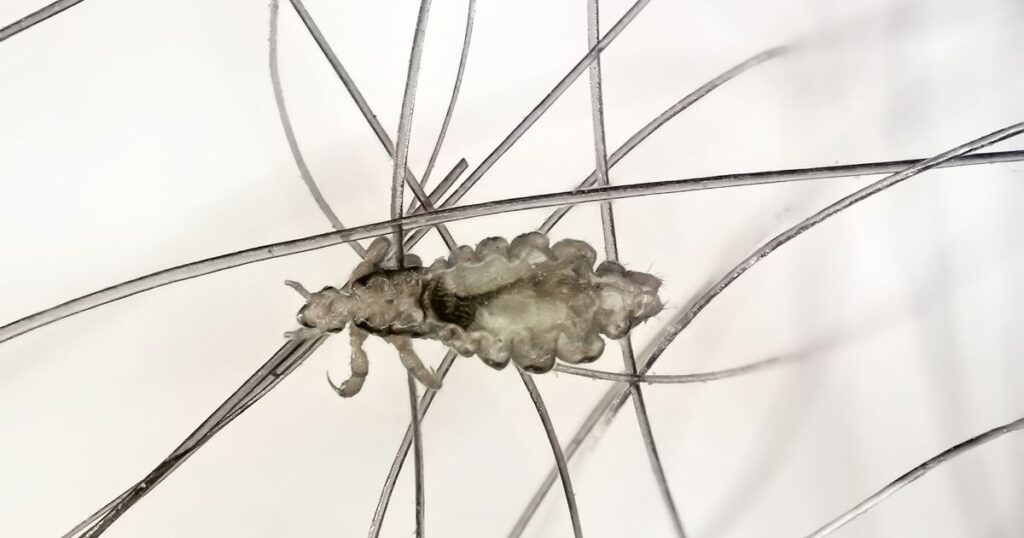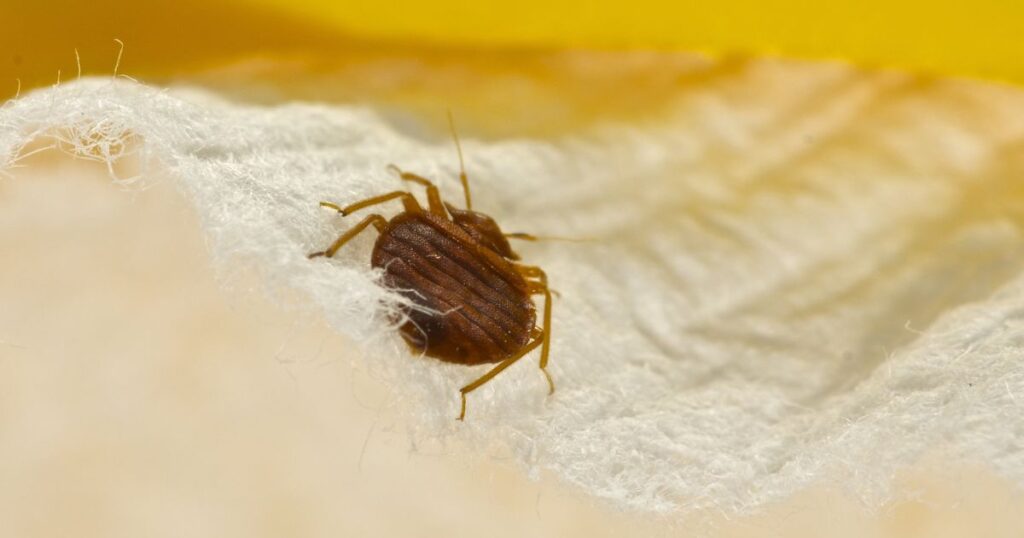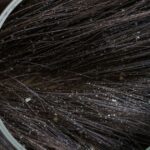Lice and bed bugs are notorious parasites that cause significant discomfort to humans, thriving on blood but presenting distinct challenges in identification and management. It is important to understand the differences between these pests, as each requires specific strategies to effectively diagnose and treat infestations.
Correctly identifying whether you are dealing with lice or bed bugs is vital for selecting the appropriate treatment. Lice attach directly to hair and skin, often causing intense itchiness on the scalp. In contrast, bed bugs are elusive insects that hide in mattresses and furniture, emerging primarily at night to feed. Knowing which pest is present guides the best approaches for treatment and prevention, ensuring that efforts to eradicate them are successful.

Identifying Lice and Bed Bugs
When dealing with itchy invaders, distinguishing between lice and bed bugs is essential due to their differing impacts and treatments.
Lice
Lice are small parasites that measure about 2–3 millimeters in length, making them slightly larger than a sesame seed. These pests primarily inhabit the scalp, clinging tightly to individual hair strands. Their proximity to the skin allows them easy access to feed on human blood, which is necessary for their survival.
Recognizing a lice infestation early can help manage and eliminate the issue more effectively. Here are the primary signs:
- Persistent Itching: An allergic reaction to lice bites often causes continuous itching on the scalp.
- Appearance of Nits: Lice eggs, known as nits, appear as tiny white specks and are securely attached to hair shafts near the scalp.
- Secondary Skin Infections: Frequent scratching due to itchiness can lead to skin infections.
Bed Bugs
Bed bugs, in contrast, are larger than lice, measuring about 5–7 millimeters (≈ ¼ inches) in length. They exhibit a flat, oval shape and are reddish-brown. Unlike lice, bed bugs are not bound to their host. Instead, they hide in dark, secluded areas of mattresses, bed frames, and furniture during the day and emerge at night to feed.
Identifying bed bug signs early can significantly improve the effectiveness of eradication efforts. Here are the key indicators:
- Itchy Welts: Small, red, itchy welts often appear on skin exposed during sleep, such as arms, legs, and back. These bites can be linear or clustered.
- Excrement Spots: Look for dark or rusty spots of bed bug excrement on bedding materials.
- Musty Odor: A distinct, musty odor emitted by the bugs is often noticeable in severe infestations.

Differences in Transmission and Lifestyle
Understanding the differences in transmission and lifestyle is key when implementing prevention strategies tailored to each pest, ensuring effective control and peace of mind.
How Lice Spread
Lice transmission occurs primarily through direct head-to-head contact, making them a common issue in environments like schools. Sharing personal items such as combs, hats, and even bedding can also facilitate their spread. Lice are capable of surviving for up to two days off the human body, making indirect transmission via furniture or other personal items possible, though less common.
How Bed Bugs Spread
Bed bugs can spread through second-hand furniture. These pests hitch rides in luggage and clothing. They can infest any household textile, making thorough inspections of hotel rooms and second-hand items crucial. Unlike lice, bed bugs do not spread through direct human contact but thrive in the hidden crevices of mattresses, furniture, and anywhere close to where people sleep.
Treatment Strategies
Understanding the appropriate treatment for each pest is crucial when dealing with lice vs bed bugs. Each requires a specific approach due to their unique behaviors and impacts on humans.
Lice Treatments
If it is lice, visit The Lice Clinics to get a professional lice removal service that ensures thorough eradication. Ensuring all household members are checked and treated if necessary is critical to prevent re-infestation. Our treatments are non-toxic and guaranteed to work.
A less effective treatment includes over-the-counter shampoos and conditioners containing ingredients like pyrethrins, which target live lice. Following up with a fine-toothed comb is essential to manually remove nits and lice from the hair. This not only takes a lot of time but also has a lot of toxic chemicals.
Bed Bug Treatments
Pest control for bed bugs typically involves professional interventions. Effective bed bug extermination methods include comprehensive environmental treatments like heat treatment, which involves raising the temperature of infested areas to levels lethal to bed bugs.
Chemical treatments with insecticides specifically designed for bed bugs are also commonly used. These methods focus on treating the environment since bed bugs hide in mattresses, furniture, and even small crevices within the home. Regular monitoring and maintenance are essential to prevent future infestations.
Prevention Techniques
Effectively preventing infestations of both lice and bed bugs involves specific strategies tailored to each pest’s behavior and environment.
Preventing Lice
The key to preventing lice in schools and other areas involves several strategic steps:
- Minimize Direct Contact: Discourage head-to-head contact among children, the most common way lice spreads.
- Avoid Sharing Personal Items: Teach children not to share hats, scarves, and hair accessories.
- Individual Hooks for Belongings: Use individual hooks for hanging personal items to prevent cross-contamination.
- Educational Campaigns: Implement educational programs for parents and children on how to identify and manage lice effectively.

Preventing Bed Bugs
For effective pest control for bed bugs, maintaining vigilance is key, particularly when traveling or acquiring used furnishings. Here’s a straightforward list to help prevent bed bug infestations:
- Inspect Hotel Rooms: Always check for signs of bed bugs, such as small blood stains or excrement on mattresses and furniture.
- Use Protective Covers: Encase mattresses and pillows with protective covers to shield against bed bugs.
- Regular Cleaning: Wash and heat-treat bed linens, curtains, and other household textiles regularly to kill any lurking bed bugs before they settle in.
Get Rid of Lice Today
Understanding the differences between lice and bed bugs is crucial for effective pest management. Knowing how to identify and treat each pest ensures that you can act quickly and effectively. For lice issues, remember that professional help is just a call away. If you’re struggling with lice removal, don’t hesitate to contact us at The Lice Clinics. We’re here to provide expert, discreet, and effective treatment to get you back to your daily life pest-free. Let us take care of the problem for you—reach out today!



